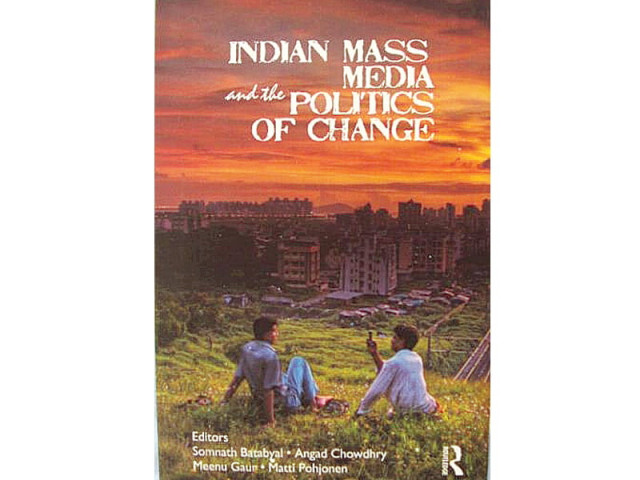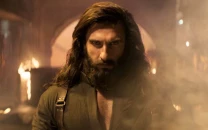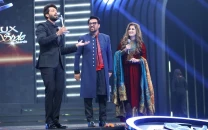Book review: Indian mass media and the politics of change
The book is a wonderfully explorative journey that includes divergent intonations and methodologies of discourse.

The book Indian Mass Media and the Politics of Change is essentially a set of essays. The chapter on New Delhi Television (NDTV) and the implications of a 24-hour news broadcast, which John Hutnyk refers to as a ‘Horror Show,’ has universal underpinnings — particularly for us here in Pakistan. Referring to major terrorist events in India he says: “Whilst tragic in multiple ways, these events are also made spectacular, emotive and divisive,” which is true of perhaps most ‘free’ news channels in the world today.
Under these circumstances the idea that Somnath Babatyal presents, that “the corporate in today’s television news not only encroaches on the editorial but also takes on key editorial responsibilities and duties, even to the extent that it produces news, decides schedules, commissions and cancels programs and shows,” sets a scary stage wherein psychological hegemony and mass manipulation becomes probable and even possible.
In one of the more interesting essays in the book, Meenu Gaur, an independent researcher and film maker, re-examines the hugely popular 1992 Tamil movie “Roja” (Rose). The movie looks at secularism and nationalism through the lens of the separatist ambitions of the Kashmiri people. The movie uses a number of signifiers to indicate that Muslims are an impediment to modernisation and secularism — the two most touted ingredients for advancement in India as delineated by Nehruvian ideology. The movie highlights the contrast between the modern outlook of the male protagonist Rishi, with his English speaking background and scientific temperament, and the regressive Muslim, who is represented as a threat to the secular modern nation.
While much of the content of the essays is universal, sometimes the writers lapse into specific cultural, religious and social iconography which have no bearing on the issue. For example, Hutnyk repeatedly mentions the horrors of television news within the spiritual framework of Kali Yuga, or the age of darkness, which seems misplaced in informed and pragmatic discourse.
Overall, the book is a wonderfully explorative journey that includes divergent intonations and methodologies of discourse but is singular in its goal to identify, ascertain and record the immediate changes that are taking place in Indian media.
Published in The Express Tribune, Sunday Magazine, July 31st, 2011.



















COMMENTS
Comments are moderated and generally will be posted if they are on-topic and not abusive.
For more information, please see our Comments FAQ